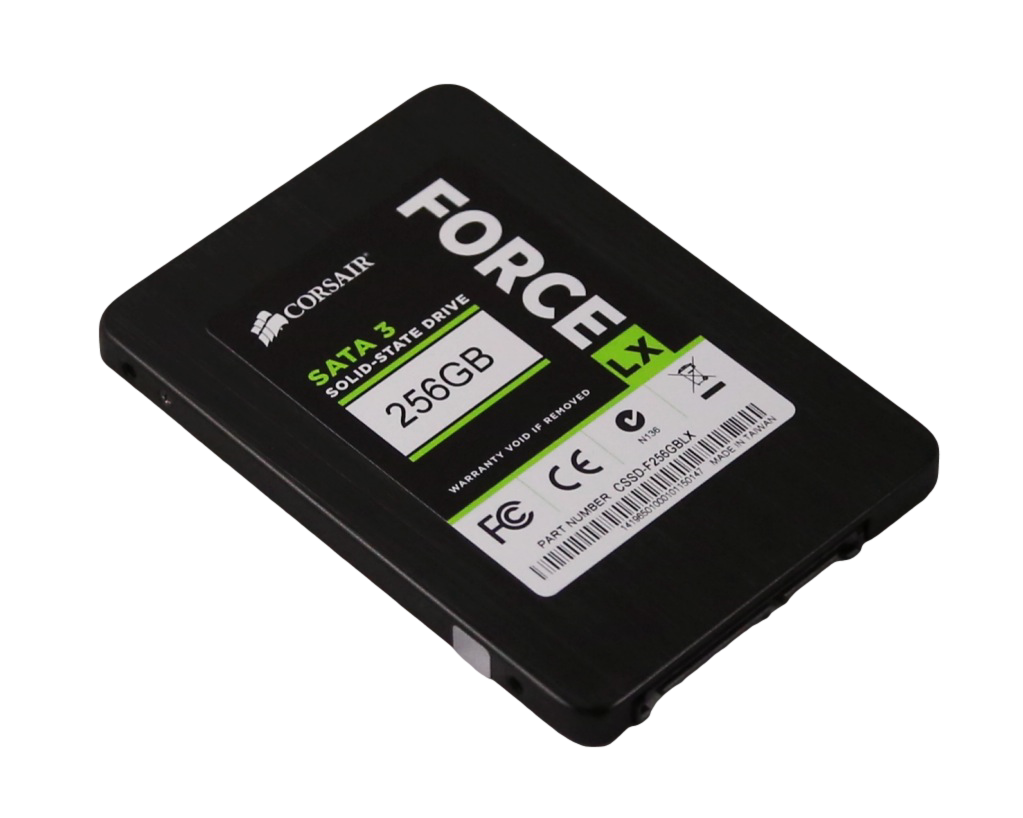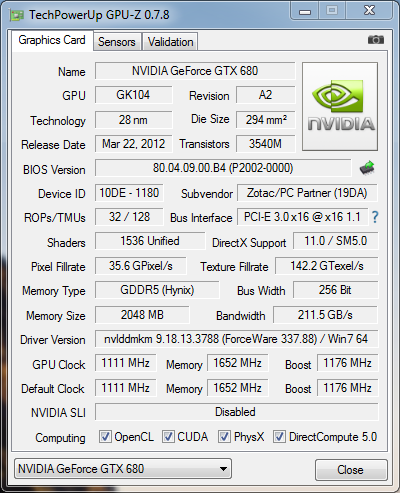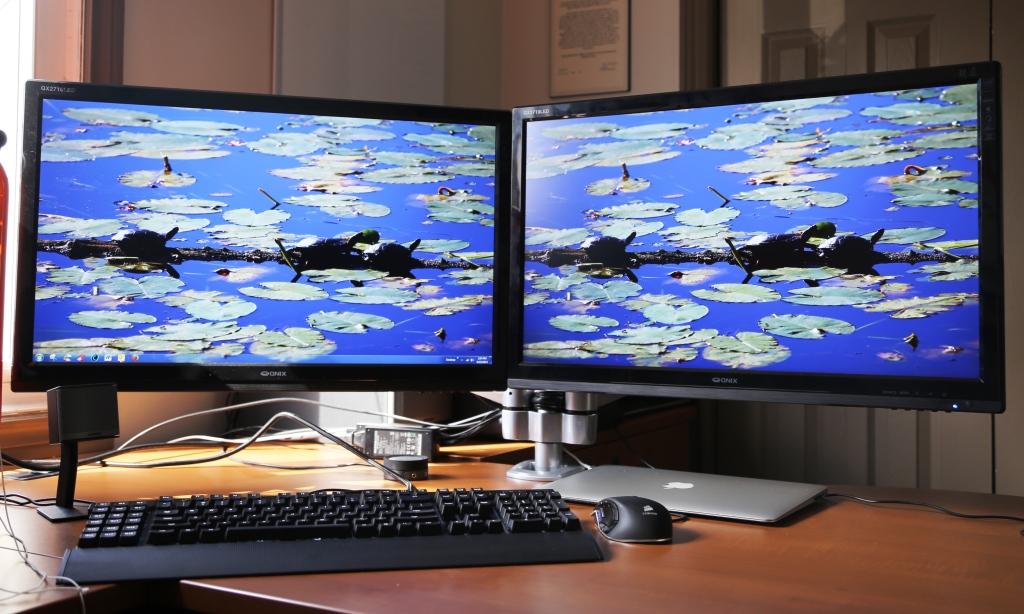WHY DOES MY GRAPHICS CARD NEED MEMORY?
When you think of memory in your computer you could be referring to two different types: volatile or non-volatile. Our big sister website The SSD Review, focuses primarily on non-volatile memory, which does not require your system to be powered on to hold onto the data it holds. Where volatile memory only holds data while your computer is on. An example of volatile memory in your computer would be the RAM, and non-volatile would be a SSD.
When we dig deeper, other components also have a very small aspect of volatile memory, which is used to temporarily store data while it is being sorted or prepared for use. A graphics card utilizes this to temporarily store graphic functions, and in turn help generate higher quality graphics. More specifically, the VRAM is a necessity for storing textures and for post-processing. The memory in a graphics card plays a key part in the production of a single frame on your monitor. There are two buffers found in most of today’s graphics cards. While the second buffer is producing that next frame rate, the first buffer is pushing out the previous single frame to your monitor. Once that process has completed, the buffer’s roles switch and the process is repeated. The buffers do this in order to keep memory running consistently, and there is not a delay as one buffer produces that single frame and then pushes the frame to the monitor.
VRAM is also one of the main players when it comes to anti-aliasing. Anti-aliasing helps to remove the jagged corners or staircase type pixelations, so that graphics are enhanced and look smoother. This is done by providing an approximate graphic where the jagged corners are meeting. Take a look at the video below for a great visual explanation.
The one thing to keep in mind when shopping for a graphics cards is that bigger is not always better. When it comes to graphics cards the performance of a 2GB graphics card with old firmware can actually perform approximately then same as a 512MB graphics card with new firmware. So, if you’re not one for doing your homework and reading in-depth details about the card, try to focus on a card that has been recently released.
The other aspect you should keep an eye on is the bandwidth and clock rate of the graphics card. As you will see when you load up GPU-Z, we can break down these components. We could talk about memory type, however if you are buying a new graphics card, typically you aren’t going to have to worry about what type of graphics card memory your buying. Most, if not all, graphics cards today feature GDDR5. It’s better to keep your eye on bus width, and the key point is to just keep your eye on it, this isn’t overly imperative when purchasing a card, but its good to know. When it comes to bus width typically the more bits the memory can handle at a single point in time generates more speed when it comes to processing the information. However, once you get to a certain width you will see diminishing returns. Most common bus widths today are anywhere from 128 to 512 bits.
The last component to keep in mind when shopping around is what type of monitor you are using. If you just went out and bought a 4K monitor, you will probably need a couple (or more) graphics cards to achieve the resolution you want on that monitor. Bigger monitors and higher resolutions will require more ram to properly achieve their full capabilities.
 Technology X Tomorrow's Technology Today!
Technology X Tomorrow's Technology Today!




Helpful
very helpful
Good article. I used it in one of my college papers
That is perhaps one of the best compliments to this site; thank you.
Now I feel like a huge Geek whenever I explain this stuff to my friends… this is awesome.
Will the next gen card be called Radeon R9 490?
We wouldn’t be able to tell you even if we knew, but most likely.
I was just going the fact the previous cards were 290 and 390 I figured the next logical choice was 490. unless Titan is the name of all cards from now on
if other parts of the site are as good as this article then I’ll have to add this site to my Computer technology bookmark folder.
Care to elaborate? We are always looking for suggestions.
– this is something new. Actually, processors have built-in graphics. Besides, why didn’t you mention the AMD A6/8/10 processors, that are not on par with Intels considering their CPU performance, but if we compare the graphics power, this is where Intel is still far behind even with its Intel 4000.
Besides, look for prices: https://hardware.nl/catalogsearch/result/index/?lang=en_US&manufacturer=AMD&q=AMD+A10
So, if you are not going to play video games, then forget about an additional power-hungry stuff. Such AMD processor will handle even some games. Other than this remark, the article is pretty good to me.
Valid point. APU’s are a great option if your budget doesn’t let you go all out and get a dedicated card.
Take a look at our review of the A8 – AMD A10 7870K CPU Review – Welcoming Competition! or even the A10 – AMD A8 7650K APU Review – The Little APU That Could! … Both show that these are excellent graphics options, which don’t require integrated graphics.
Apu’s are the future eventually discrete gpu’s will become obsolete. AMD made a big step in the right direction with the development of the apu and HSA.